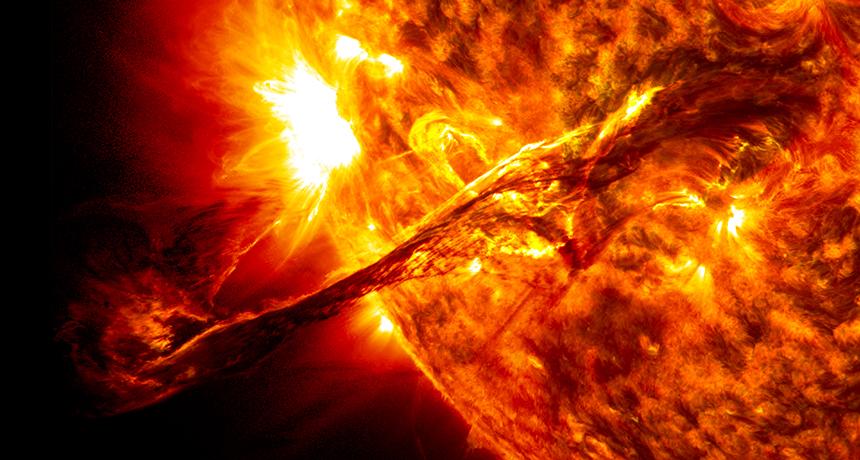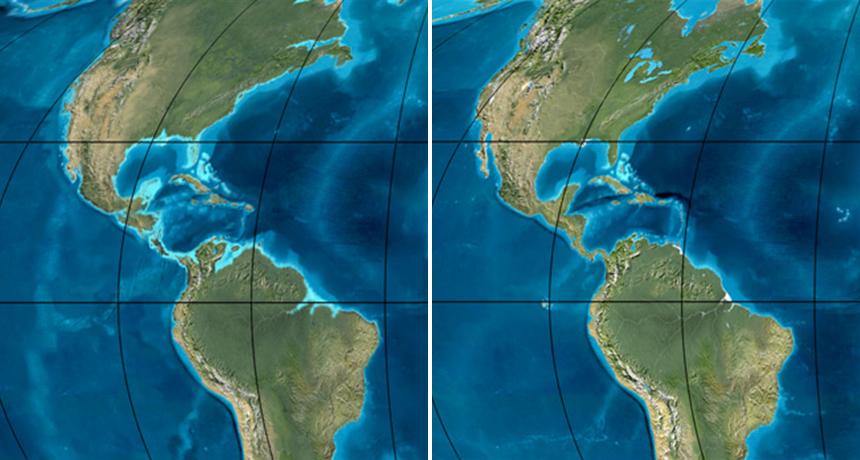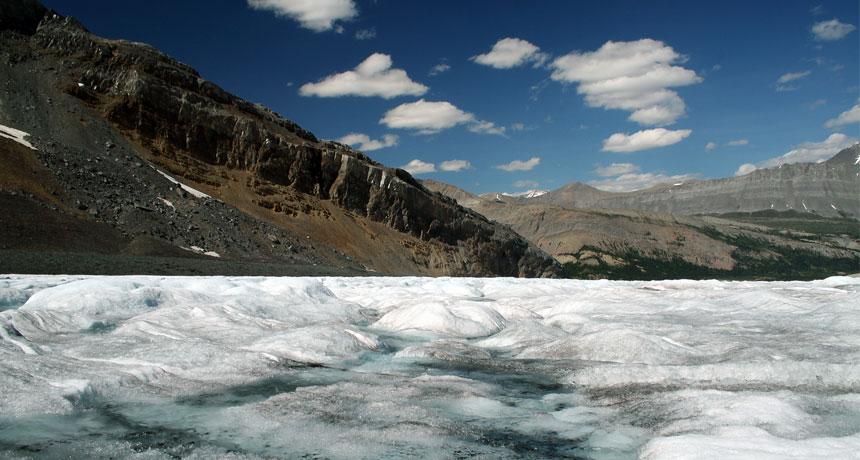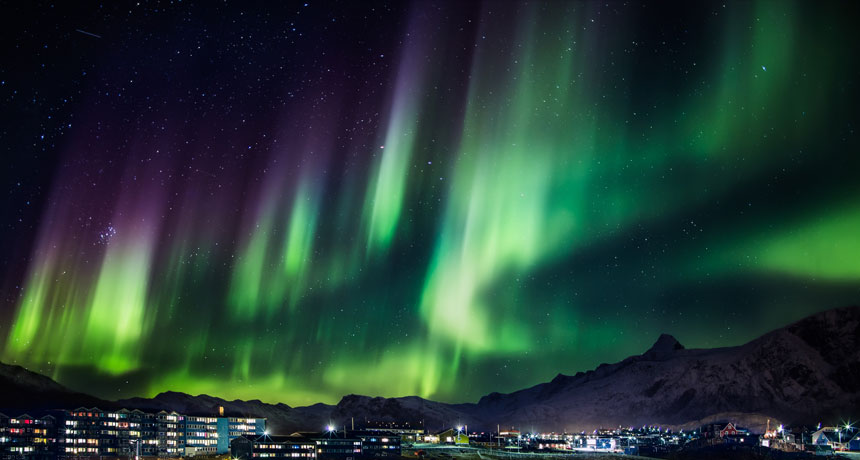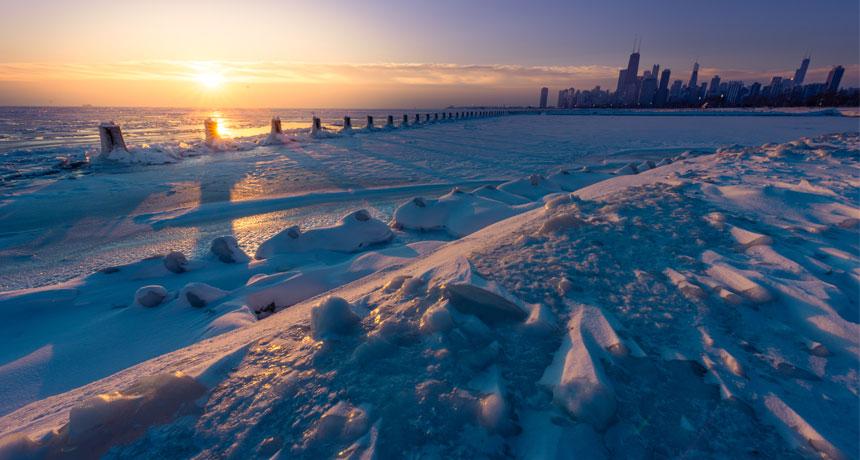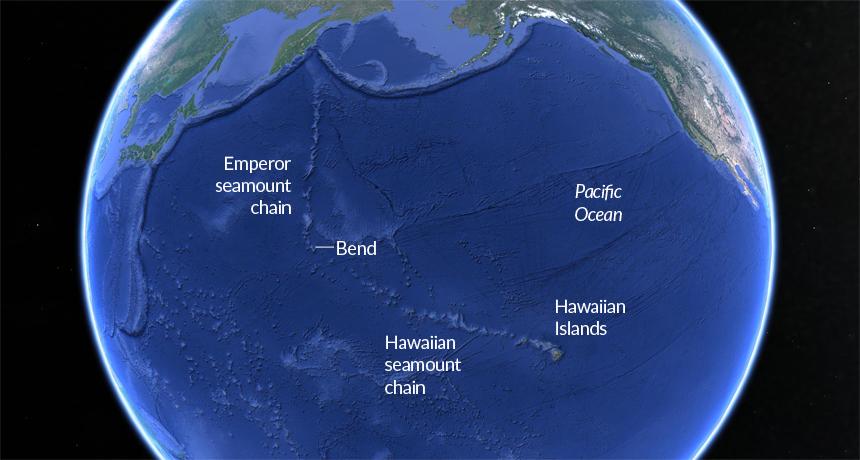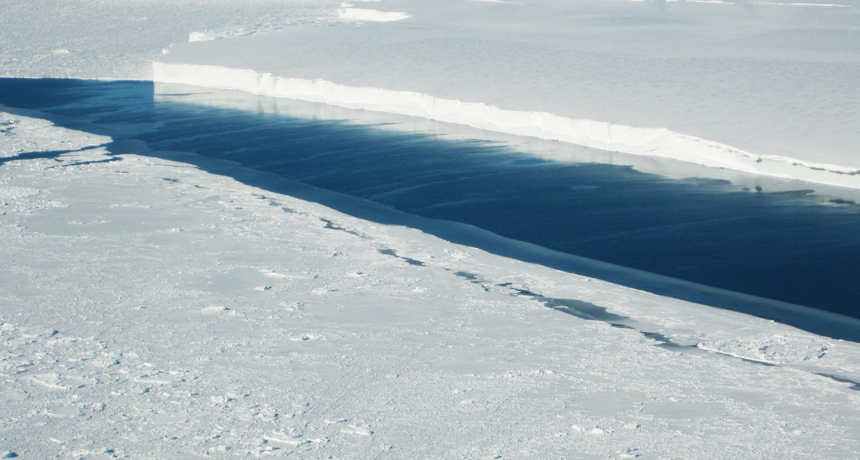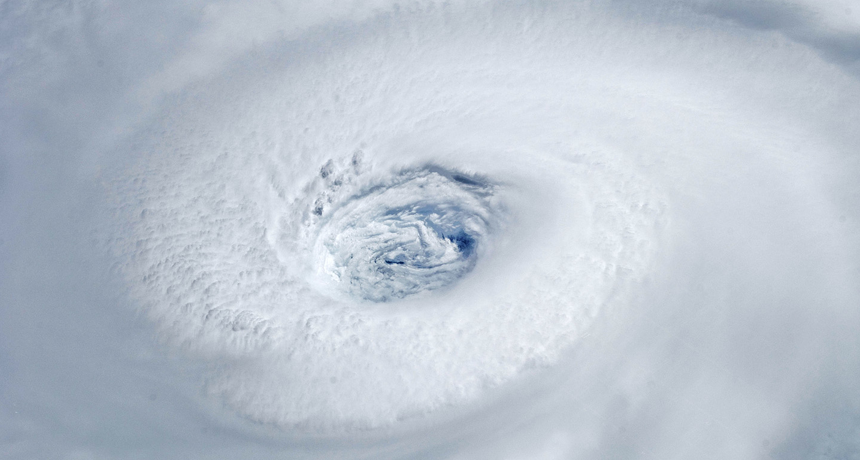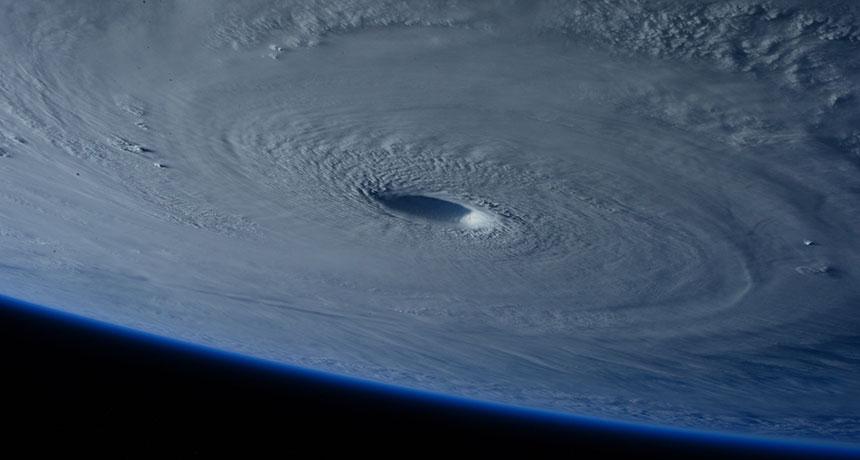
Monster storm dominates view from space station
Science News, April 2015Looking down from 400 kilometers above Earth, astronauts aboard the International Space Station couldn’t help but gawk at a huge typhoon churning in the Western Pacific. On March 31, European Space Agency astronaut Samantha Cristoforetti captured this photo of Typhoon Maysak at near-peak strength as it drifted toward the Philippines.
